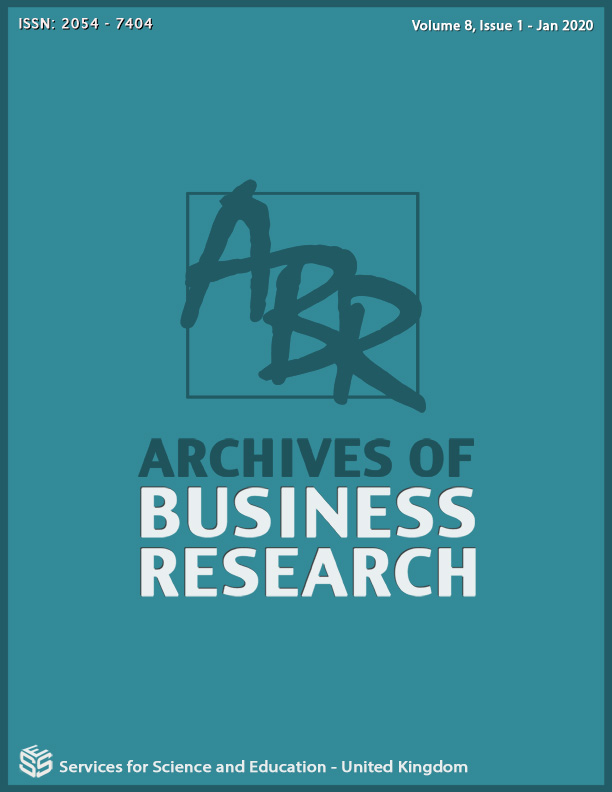What exactly did the judge decide? Clear language and well-arranged structure lead to better comprehensible court judgments
DOI:
https://doi.org/10.14738/abr.81.7752Abstract
In recent years, judicial authorities in the Netherlands have started paying more and more attention to the linguistic and textual quality of their judgments. This is based on the assumption that a better linguistic and textual quality of court judgments leads to the content of these judgments being better understood by citizens and private or public organizations. However, to what extent is this plausible assumption empirically correct? To answer this question, an original administrative law judgment from a Dutch district court was rewritten on the basis of a number of linguistic and textual quality requirements from the literature. Subsequently, a digital survey was conducted among 106 respondents. Half of the respondents answered a number of substantive questions about the original version of the court judgment. The other half of the respondents answered the same substantive questions about the rewritten version. According to the answers to the substantive questions, the second group of respondents understood the content of the court judgment considerably better than those to whom the original version of the court judgment was presented. The higher linguistic and textual quality of the rewritten version ensured that the content of the court judgment was better understood.






